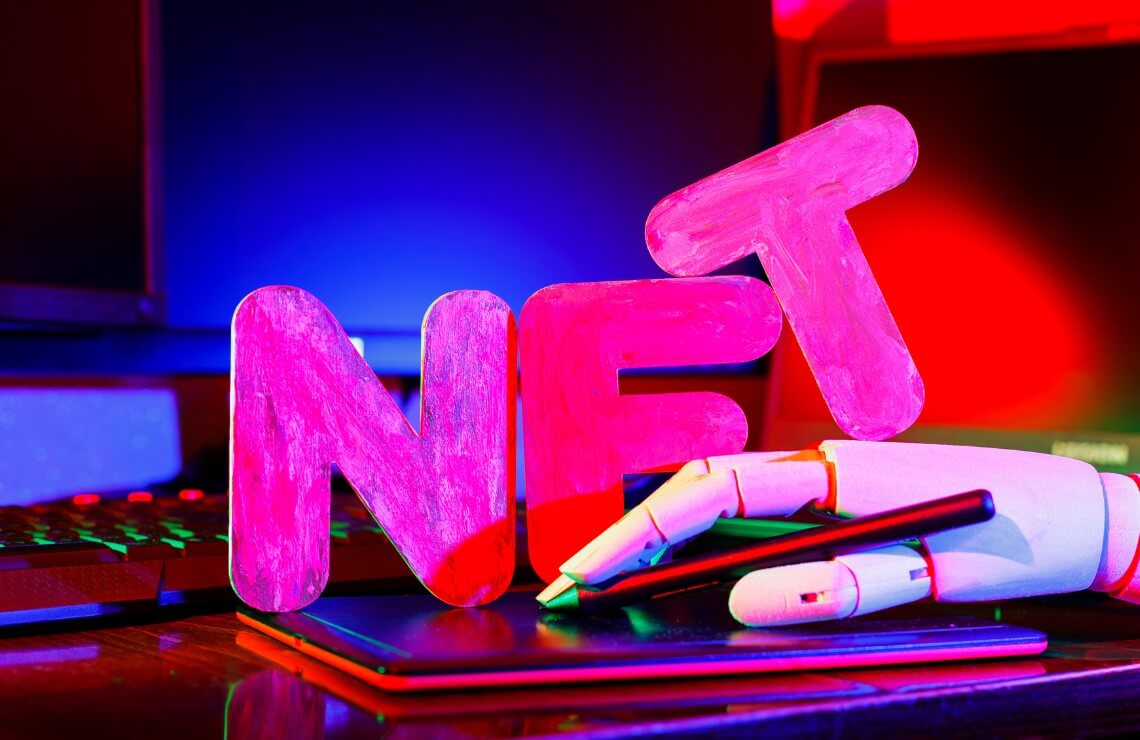The crypto community has gone crazy for Bitcoin NFTs. Here’s how the new niche collectibles are building buzz and value
NFTs
In a short time, more than 210,000 of these digital assets have been registered.
For a niche subset of Bitcoin maximalist circles, Ordinal Inscriptions has surprisingly and quickly developed an oversized footprint in the cryptocurrency community. As of February 28, more than 210,000 of these digital assets have been entered—from a copy of Doom to a CryptoPunks-inspired collection—and upwards of $1.31 million have been spent in mining fees.
Like NFTs, which are typically linked to the Ethereum network, Ordinal Inscriptions are digital assets inscribed on a satoshi, which is the smallest denomination of Bitcoin.
But unlike NFTs, which can be bought via platforms like OpenSea and Nifty Gateway, Ordinals are bought and sold on Telegram and Discord channels, which marketplaces or even dedicated wallets for Bitcoin Ordinals have yet to take off.
So what accounts for their popularity?
Developers have been trying to integrate NFTs into the top blockchain, Bitcoin, for nearly a decade. This journey began in 2014 with Counterparty, which created the Rare Pepe NFT collection, and continued in 2017 with Stacks. The inscription process involves writing the content data into the witness, or authentication signature, of the Bitcoin transaction.
While Bitcoin’s blockchain can technically support the creation of NFTs, it was not designed with this specific use case in mind, but rather developed to provide a secure, immutable ledger of peer-to-peer transactions. Other blockchain networks, such as Ethereum, were designed with more flexible programming languages and smart contract capabilities that enabled the creation and management of NFTs from scratch.
Technical details aside, the ability to add inscriptions to the Bitcoin blockchain has given rise to some pretty sinister depictions.
Block 0, the origin Ordinal block, pays tribute to the pseudonymous founder of Bitcoin, Satoshi Nakamoto, with an interlocking loop GIF of a 3D block, made with ASCII text, spinning against lines from Satoshi’s original white paper.
Block 0, genesis Ordinal block.
Tthe second block of Ordinals honored Hal Finney, the first person to receive a Bitcoin transaction from Nakamoto. Block 1 shows the hash of the block containing Finney’s transaction and contains abstract art symbolizing the impact of ALS, a disease that had a devastating effect on Finney’s health.
Then there were the Ordinal Punks, a set of 100 NFTs that nod to the original CryptoPunks, minted within the first 650 inscriptions on the Bitcoin chain. The generative PFP assembly of 192 × 192 pixels was created using an open source algorithm by the pseudonymous Web3 creator, FlowStay.
Ordinal Punks, a collection of 100 NFTs. Photo: Ordinals Directory.
The novelty and relative scarcity of Oridinal Punks has driven the rise in value. According to a Google Sheet database of sales (again, there are no major marketplaces for Ordinals), the current lowest bid for an Ordinal Punk is 3.7 BTC, or 51.26 ETH (almost $84,000), and the highest the asking price is 50 BTC, or 692.66 ETH ($1,132,500).
On February 27, Yuga Labs announced that it would launch its own Ordinals collection, a collection of 300 generative art NFTs.
In line with Yuga Labs’ buy-in, a number of services have emerged in the past month to provide support for Ordinal transactions, not limited to Bitcoin wallets such as Xverse and Hiro Wallet, and NFT marketplaces including Gamma and Oridalsbot.
But are Ordinals more than a fad?
Like all niche collectibles, including fine art, the market that develops around Ordinals is only as big as the purses of those willing to buy it. But Bitcoin, with a current market cap of $449.21 billion, is by far the world’s largest cryptocurrency, far surpassing Ethereum’s $199.70 billion mark.
As it is, Ordinals’ momentum has yet to falter, being bolstered by alphas in the space, growing market interest, and, as with most things in the cryptosphere, no small amount of hype. Research firm Delphi Digital, for one, has called the rise of Ordinals “Bitcoin’s new narrative,” calling them “the most interesting thing to happen to Bitcoin since El Salvador made it legal tender.”
For now, however, Ordinals remains closer to 4Chan than Hauser & Wirth. Whatever art is transcribed onto the Bitcoin network probably won’t (yet) constitute some broader art-historical turn or pivot, but rather something much simpler: A small, three or four MB file, tick-tock, next block.
More trending stories:
Researchers in Vietnam discovered that two venison languishing in museum storage are actually 2,000-year-old musical instruments
A photographer who found Instagram fame for his striking portraits has admitted that his photos were actually AI-generated
Archaeologists on Easter Island have discovered a previously unknown Moai statue buried in a dried-up lake
Two curators tried to find out if Salvador Dalí really painted this strange seven-foot canvas. They ended up solving an even bigger mystery
Art Industry News: California court revives lawsuit over ‘disrespectful’ Marilyn Monroe statue + other stories
The Dutch are going crazy for a reality TV show where artists compete to paint Vermeer’s lost masterpiece
What I Buy and Why: Filmmaker Ku-Ling Yurman on her mission to collect works by women and her prized jewelry
So-called ‘open issues’ suddenly revive the wintry NFT market. Here’s why they’ve become so popular with collectors
Marginalia uncovered in Leonardo’s famous Codex Arundel suggest Renaissance polymath theorized gravity before Galileo
Follow Artnet News on Facebook:
Do you want to be at the forefront of the art world? Subscribe to our newsletter to get the latest news, eye-opening interviews and sharp critiques that drive the conversation forward.


